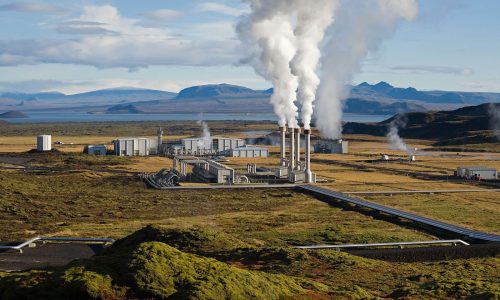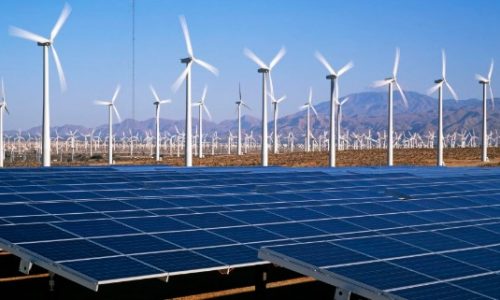Publicly listed coal mining company PT Golden Energy Mines Tbk (GEMS) has allocated US$ 33 million Capital expenditure (Capex) in 2023 to increase its production.
The firm focuses on mining and exploration of thermal coal. It has several coal mining business permits in Jambi, South Sumatra, West Sumatra, South Kalimantan and Central Kalimantan. The company’s total mining areas is 66,204 hectares with potential resource of 2.89 billion tons and total reserves of 1.32 billion tons. Golden Energy is a subsidiary of business conglomeration Sinar Mas Group. Its coal production is mainly exported to China while the remaining is sold domestically.
Capex allocation to raise production and expansion
The allocated Capex will be used for maintaining hauling roads, expanding the Bunati port in South Kalimantan and increasing coal stockpiles.
Corporate Secretary Sudin explained that the company has been targeting a production of 40 million tons, with 65% – 67% was intended for the export market and 33% – 35% for domestic market.
“We are preparing a consolidated Capex for 2023 of US$ 33 million,” he told investor.id.
As of October 2022, the company has realized 97% of its coal production from several concessions. The largest came from subsidiaries PT Borneo Indobara and PT Barasentosa Lestari, with land areas of 24,100 hectares and 23,300 hectares, respectively.
Based on the financial reports until September 2022, GEMS posted a cost of goods sold at US$ 1.132 billion, an increase compared to costs in the same period in 2021 of US$ 572.19 million.
The company also recorded growth of US$ 931.69 million in the first nine months of 2022, almost double from the same period in 2021 of US$ 485.45 million. The profit for the period reached US$ 472.87 million, which was attributed as a result of the growth, a 140.6% increase from Q3 of 2021 of US$ 196.52 million.
Risks in coal mining industry
There are several potential risks in Indonesian mining industry in 2023, which include:
Regulatory and policy risks: The mining industry is subject to a wide range of regulations and policies. Changes to these regulations can have a significant impact on mining operations. The government has been imposing stricter regulations on mining companies in recent years, and this trend is likely to continue in 2023.
Environmental and social risks: The mining industry has a significant impact on the environment and local communities. Social and environmental risks, such as land disputes and deforestation, can negatively impact mining operations and lead to reputational damage.
Commodity price risks: The mining industry is heavily dependent on commodity prices, which can be affected by several factors such as global economic conditions, political instability and natural disasters. Volatility in commodity prices can have a significant impact on the profitability of mining companies.
Health and safety risks: The mining industry is known for its health and safety risks, and accidents and illnesses can lead to significant costs for mining companies. In addition, the COVID-19 pandemic from 2020 can also create health and safety risks for workers.
Competition and market risks: The mining industry is highly competitive. Mining companies may face challenges from new entrants or from existing competitors. Market saturation and oversupply can also lead to reduced demand and lower prices for commodities.
Geopolitical risks and political stability of the country where mining operations are located can also affect mining activities.









